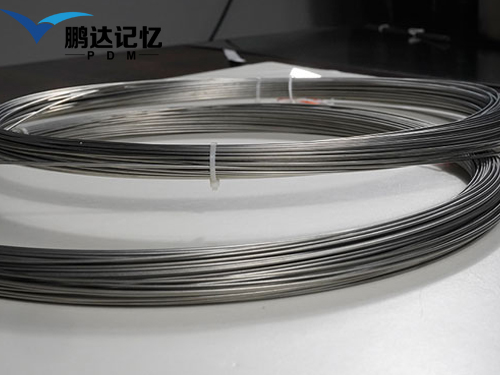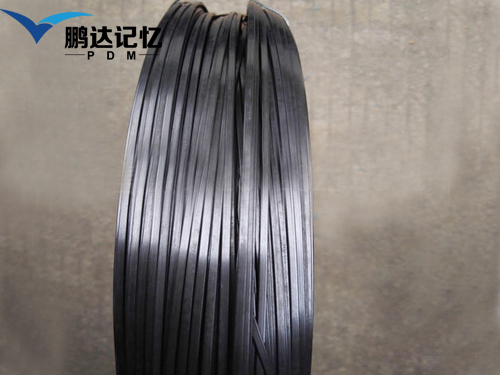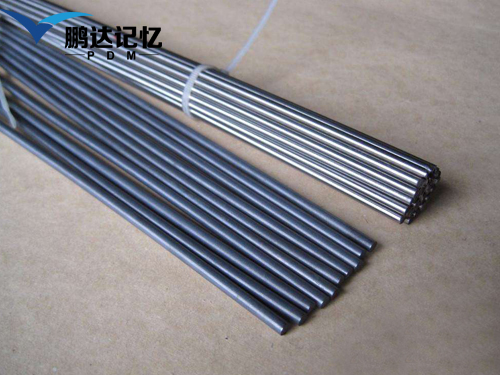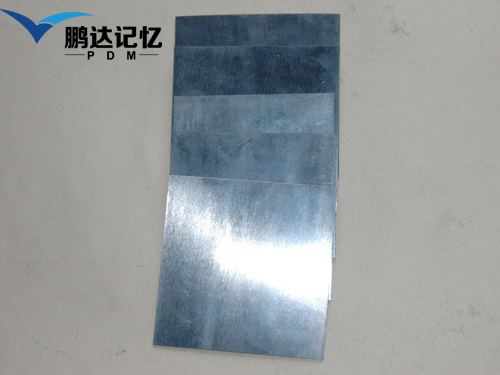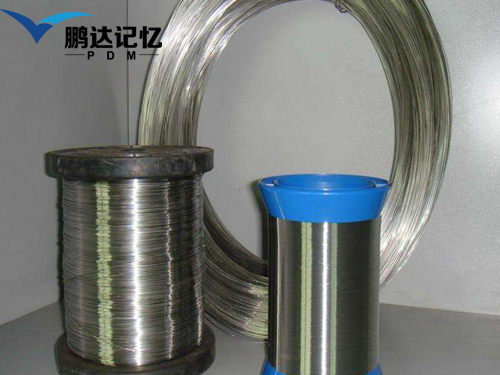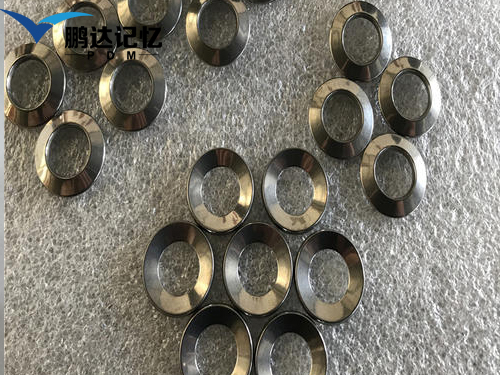In the shape memory alloy industry chain, the upstream is mainly titanium, copper, iron and other metal raw materials; because shape memory alloy has shape memory effect, super elasticity, high damping characteristics and resistance characteristics, it is difficult to be replaced by other materials. Its downstream industries mainly include biomedicine, aerospace, mechanical electronics, bridge construction, automobile manufacturing and other industries, with application range ratio More extensive.
Although shape memory alloy is widely used, there are great differences in the demand and product characteristics of shape memory alloy in various industries. Shape memory alloy enterprises will also develop relevant products according to the needs of specific markets.
From the perspective of patent technology, since 2009, the number of patent applications in the shape memory alloy industry in China has increased, reaching a peak in 2016, with a total of 676 patents applied. Although the number of industries declined slightly in 2017, the overall growth rate was significant. The industry is in a period of rapid development, and enterprises strive to develop new products to meet the needs of the downstream market.
According to the classification of shape memory alloy patents, medicine / Veterinary Medicine / hygiene is the largest R & D market, which accounts for about 22% of all patents.
At present, the domestic shape memory alloy industry market is mainly used in the medical field, automobile, robot, aviation and other fields. In 2017, the market scale of shape memory alloy industry in China was about 5.68 billion yuan, of which 4.35 billion yuan was used in medical field, and 1.33 billion yuan was used in other fields (automobile, robot, aviation, etc.). Further subdivision, biomedicine is the main market of SMA industry; SMA has been widely used in the field of medical devices, including dentistry, thoracic surgery, hepatobiliary surgery, Urology, gynecology, cardiovascular surgery, cerebrovascular surgery and orthopedic orthopedic surgery.
The growth of SMA Market
In recent years, with the improvement of the residents' income level and the aging process of the national population structure, the residents' consumption expenditure on health care has increased year by year. During the five years 2013-2017, the national residents' consumption expenditure on health care has increased by 59%, while the GDP growth over the same period is only 39%, with the growth rate exceeding nearly 20 percentage points. At the same time, the number of inpatients undergoing surgery has increased significantly in China, 2013-2016 In the past four years, the growth rate has been 55%, and the demand of residents for surgery has been increasing. It is expected that the growth rate will remain high in the future.
Most of the medical applications of shape memory alloy involve the operation process. Therefore, the number of operations can better serve as a proxy variable for the demand of memory alloy, and better reflect the changing trend of industry demand. The increasing medical consumption and the number of surgeries reflect the continuous expansion of the development space of memory alloy biomedical industry in China, and the investment value of the industry appears.
Porous Ni Ti memory alloy is widely used in medicine, which is mainly used for the replacement and repair of human bones. Ni Ti alloy has the same strength as human bone, and its porous characteristics ensure that the implant will not lose its efficacy due to the coverage of fiber tissue, resulting in the formation of a solid combination between the implant and the repaired bone tissue; its shape memory effect superior to other materials makes the implantation process easier, reduces the difficulty of surgery and reduces the disease Human suffering. A lot of research work has been done on the compatibility of Ni Ti alloy with human body. New materials can even promote the growth of bone tissue, and the rejection reaction between implants and body tissue is greatly reduced.

 current location:
current location: